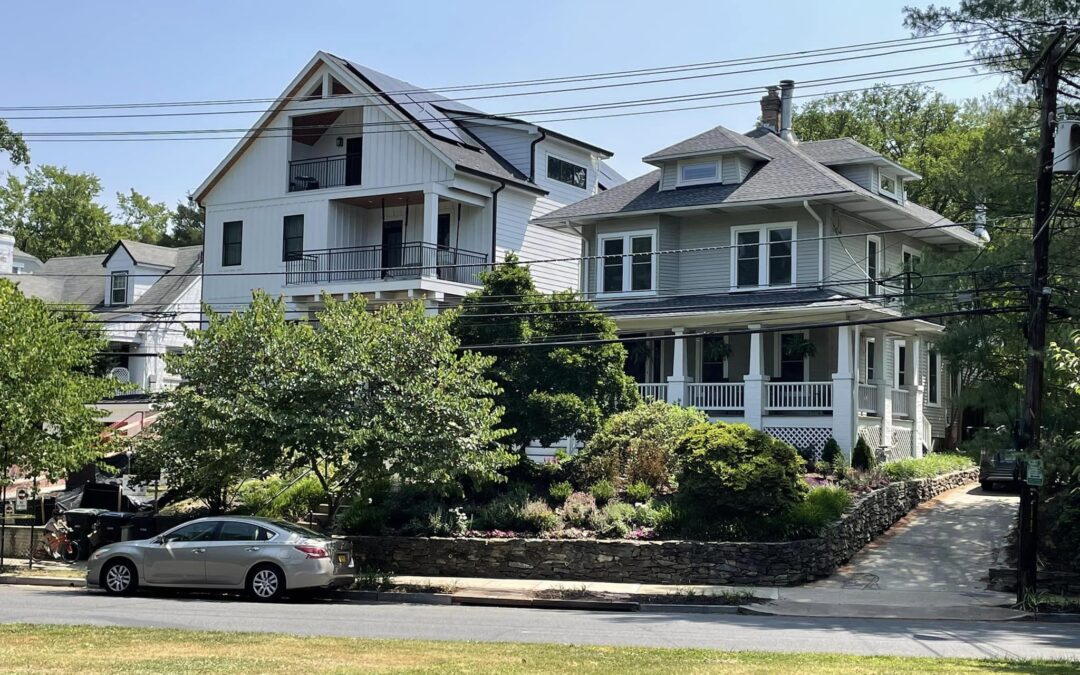According to recent data from the National Association of REALTORS®, even while pending home sales decreased 2.7% month over month in May, that doesn’t necessarily mean that the housing market is slowing down.
Contract signings are down a staggering 22% from a year ago due primarily to low inventory, but there is clearly a high desire from homebuyers. Although there are only about three offers for each listing, the housing market is robust despite the slow pace of pending contract signings. This is because there aren’t enough homes on the market to meet demand.
Locally here in the Raleigh/Durham market that encompasses sixteen counties in the Triangle region, closings are down 24.5% and the average days on the market is up from 9 days to 20 days for the January 1 – June 30 period year over year.
In addition, the average list price is up from $460,206 to $473,110 during the six month period from January 1 – June 30 year over year (2022 and 2023 compared).
Even in the midst of the busiest time of year for the real estate market, home buyers are still faced with a dearth of housing options. According to economists, a “mortgage rate lock-in” effect is at work, whereby homeowners who just locked in extremely low mortgage rates are hesitant to sell and reenter the market at rates in the 6% level. According to NAR analysis, the supply of existing houses is currently around half what it was in 2019.
The market for new development is a bright area at the moment. According to data released earlier this week by the Census Bureau and the Department of Housing and Urban Development, sales of newly constructed homes increased 12.2% month over month in May and are up 20% from a year ago.
The scarcity of current house inventory is increasing demand for new homes, according to Alicia Huey, chairperson of the National Association of house Builders. While builders still struggle with rising construction costs, a significant increase in home sales in the $200,000 to $300,000 price range is encouraging. More than twice as many properties in that price category were sold in May (12,000 vs. 5,000), according to Huey.
The market for new homes also offers a wide variety of options. In May, 31% of the total housing inventory was made up of new homes. It has historically only represented 10% to 15% of the market, according to Robert Dietz, chief economist for the NAHB.
The fact that homebuilders have increased production is good, but the supply from new building takes time and is still insufficient. To sustain healthier housing inventory levels that can accommodate demographic needs in the future, there should be more emphasis placed on increasing the supply of existing homes through temporary tax incentive programs.

